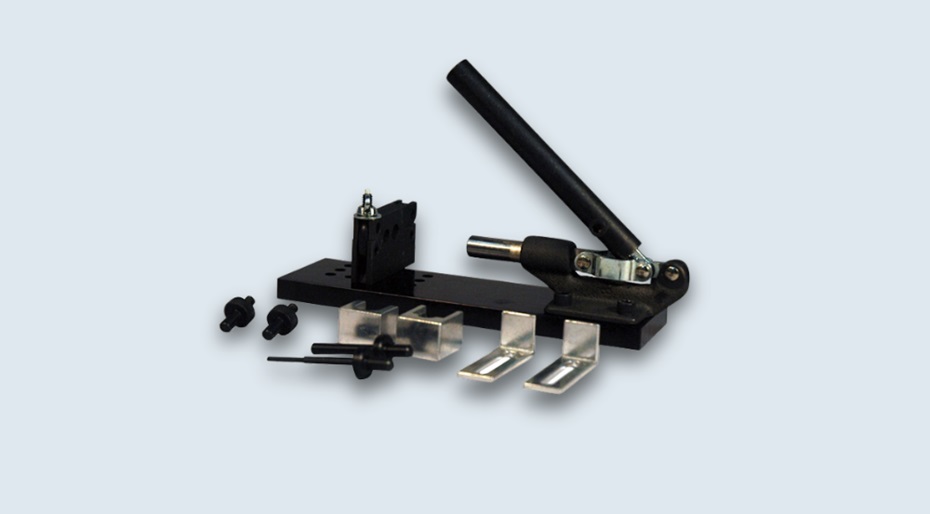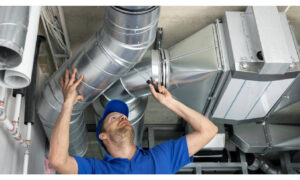
How to Use a Fuel Line Disconnect Tool Safely and Effectively
Whether you’re working on automotive fuel line repair or performing routine vehicle maintenance, the right tools can make the job easier, faster, and safer. A fuel line disconnect tool is one such handy instrument designed to simplify removing fuel lines without causing damage. To ensure optimal results and prevent mishaps, it is essential to understand how to use this tool correctly.
Preparing for the Task
Before you begin, it’s critical to prepare your workspace and equipment. Start by parking the vehicle on a flat, stable surface and turning off the engine. Always give the fuel system time to cool, as pressurized fuel can be highly flammable and dangerous. Put on protective gloves and eyewear to minimize the risk of injury.
Additionally, make sure to have all the necessary tools and a well-organized setup for the task. If you are unfamiliar with fuel line repair tools, you can explore an informative article on the types of tools available to find what works best for your project.
Steps to Safely Disconnect a Fuel Line
Step 1: Depressurize the Fuel System
Before using the fuel line disconnect tool, you must safely release the pressure from the fuel system. Locate the fuel pump fuse or relay and remove it while the engine is running. This will stall the engine and depressurize the system. Be sure to have a container nearby to catch any fuel leakage during disconnection.
Step 2: Locate the Fuel Line Connection
Identify the connection point where the tool will be applied. This is usually at the fuel filter, fuel rail, or other connector points in the line. It’s essential to confirm the right spot to avoid unnecessary damage or confusion during the process.
Step 3: Use the Fuel Line Disconnect Tool
Insert the fuel line disconnect tool into the connector. Most tools are designed to fit snugly around the line, so gently push the tool until it clicks. Once the tool is in the correct position, pull the fuel line away from the connector while keeping steady pressure on the tool. This action will release the locking mechanism, allowing easy removal of the fuel line.
Step 4: Inspect and Clean the Components
Once the line is disconnected, inspect the connectors and the surrounding area. Look for signs of wear, corrosion, or damage that may require additional repair or replacement. Clean the connectors gently to avoid contamination when reassembling the system.
Tips for Effective Usage
- Choose the Right Tool – Fuel line disconnect tools come in various sizes and designs, so ensure the one you select is compatible with your vehicle’s fuel system.
- Work in a Well-Ventilated Area – Since you’re working with fuel, proper ventilation reduces the risk of inhaling fumes during repair.
- Stay Organized – Keep track of all components and tools during the process to prevent delays or missing parts.
- Automotive fuel line repair can become easier with the proper tools and techniques, so consider investing in quality equipment designed for your specific task.
Conclusion
Handling fuel line disconnections involves precision and care. Ensure no open flames, sparks, or heat sources are present in your workspace. Additionally, double-check that your tools and surroundings are free from spills or excess fuel before reconnecting lines after the repair.
By following these procedures and precautions, both your work quality and safety during the process are vastly improved. Remember, every step you take to protect yourself and your equipment matters in achieving successful results.



